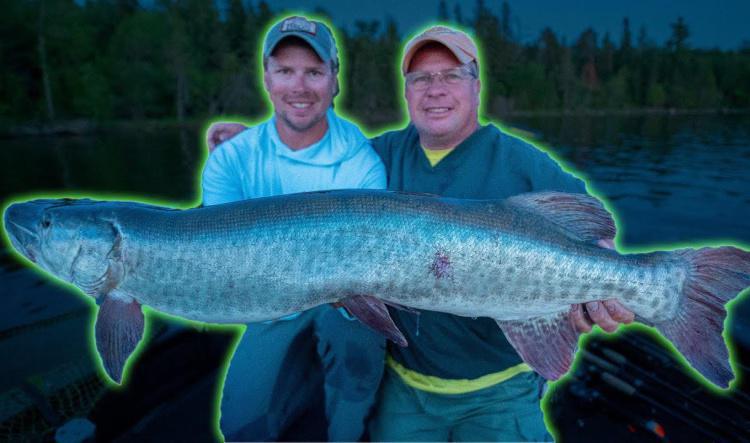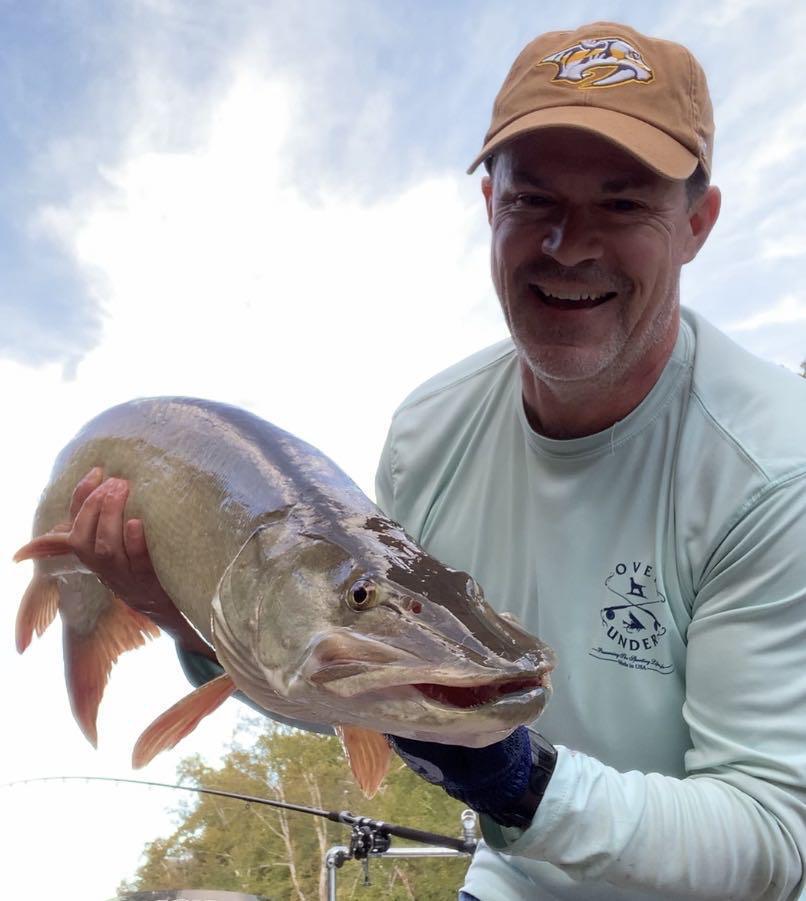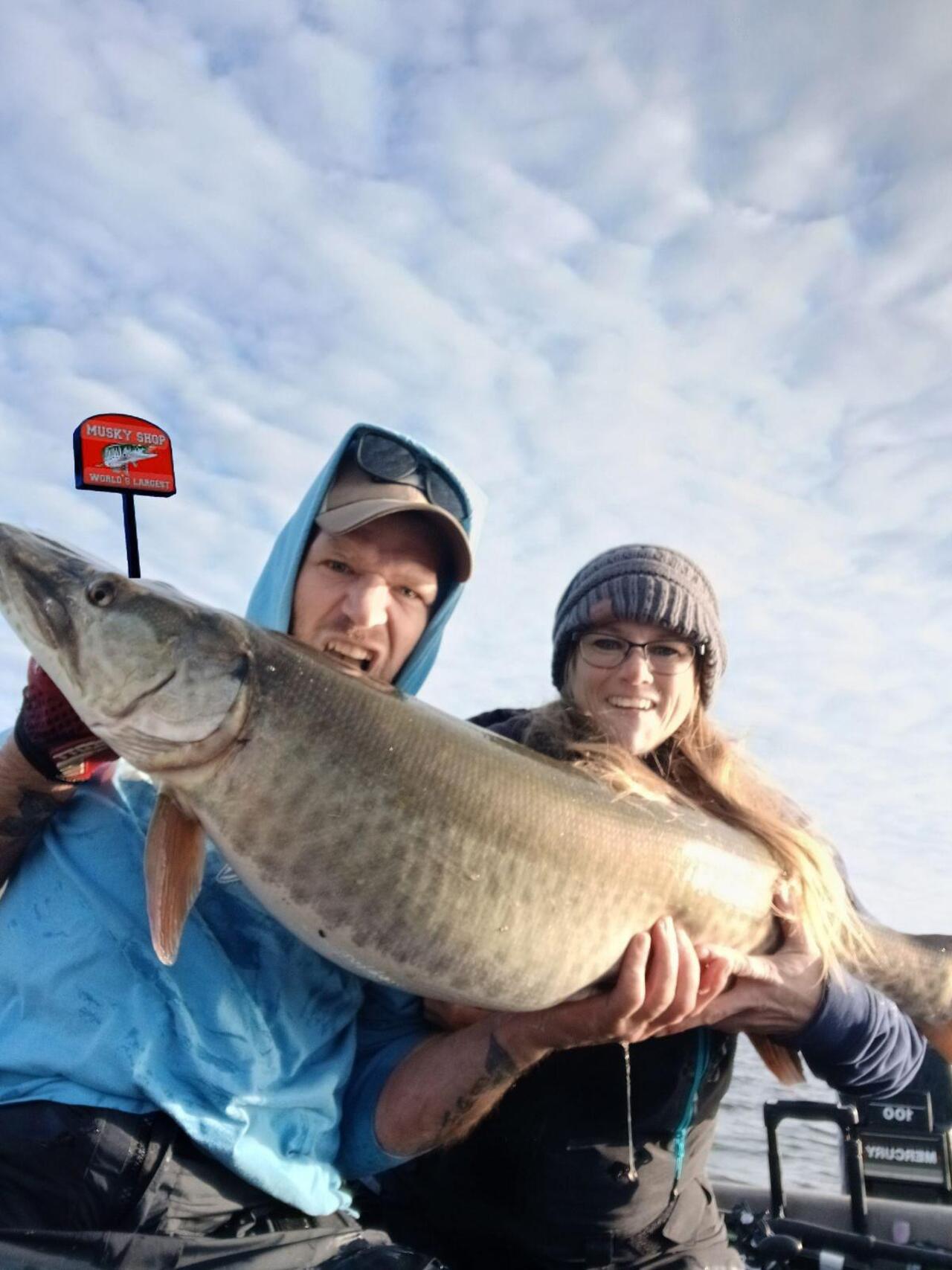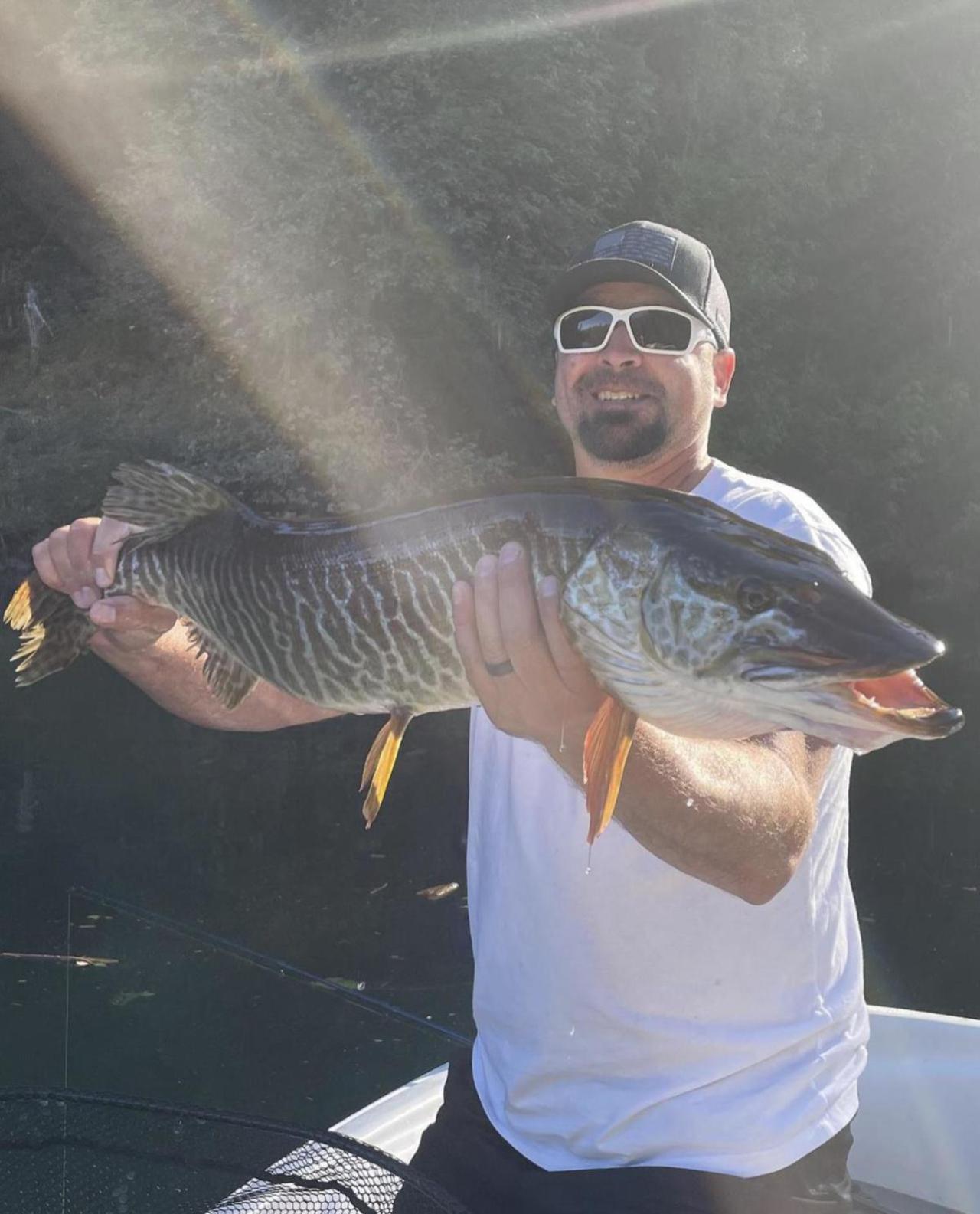Winter Musky Fishing Equals Broken Gear.
While musky fishing in January and February might seem like a foreign concept to some, it is a welcomed perk of living in the south. Admittedly the winters in the muskies southern habitat range are generally mild, some years are simply brutal. So far 2024 is not pulling any punches when it comes to bone chilling temps, howling winds and subsequently broken musky gear. So, for the few, the brave, the musky mentally ill crazy enough to be on the water during gale force winds, snow and all-around gnarly conditions let’s look at a few tips to help save your musky gear from damage and most importantly your personal safety on the water.









